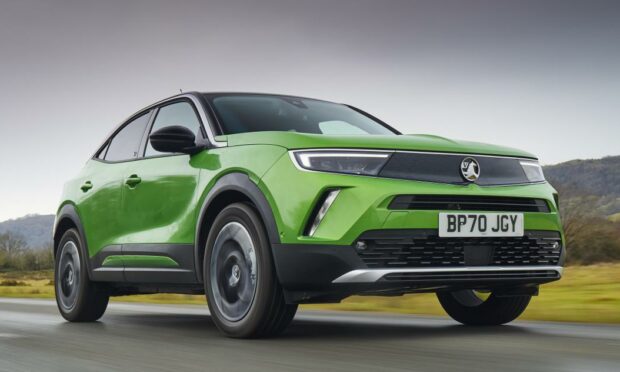I’m old enough to remember when a cup of coffee was just that. A sturdy mug and a spoonful of Nescafe did the job without any fuss or palaver.
That was in the days before the Italians came over here with their fancy ideas of cappuccinos, macchiatos and lattes, and the associated hissing, steaming and gurgling.
All of that requires the skill of a barista to produce what was achieved when I was a lad with a tin, a teaspoon and a splash of milk.
Fresh thinking and technology
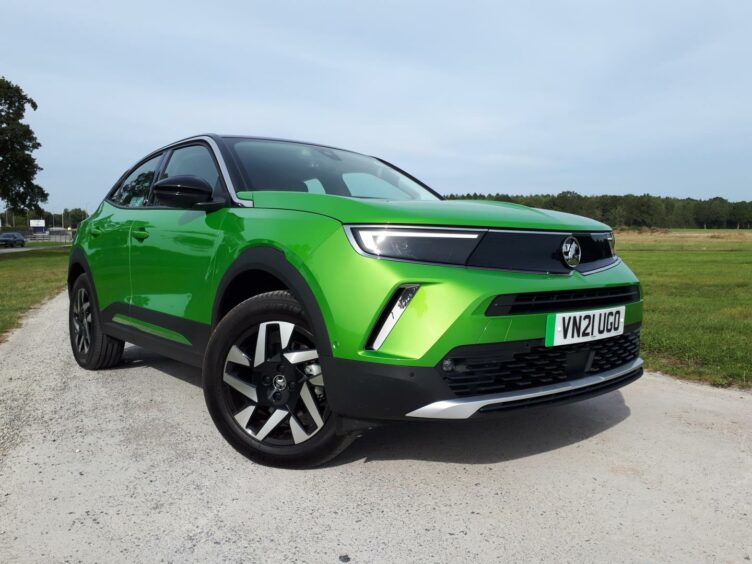
Coffee is big business and I’m sure some of that was in the minds of the creative people at Vauxhall, or at least their European counterparts at Opel, when they came up with the name for their small SUV a decade ago.
The idea of the Mokka was to create an image of something exotic, but in reality it turned out to be rather bland. Its coffee-hinted name failed to give it much of a sniff of the market and it went off the boil, not least because the engines were lack-lustre and the styling was forgettable.
With an eye to the forthcoming phase-out of new petrol and diesel engines, Vauxhall is putting a lot of work into electric powertrains
But now, with Vauxhall as part of the huge Stellantis family, it benefits from the fresh thinking and technology that’s shared across its sister brands of Peugeot, Citroen, Fiat and Jeep, such as the group’s platform which now underpins the latest Mokka.
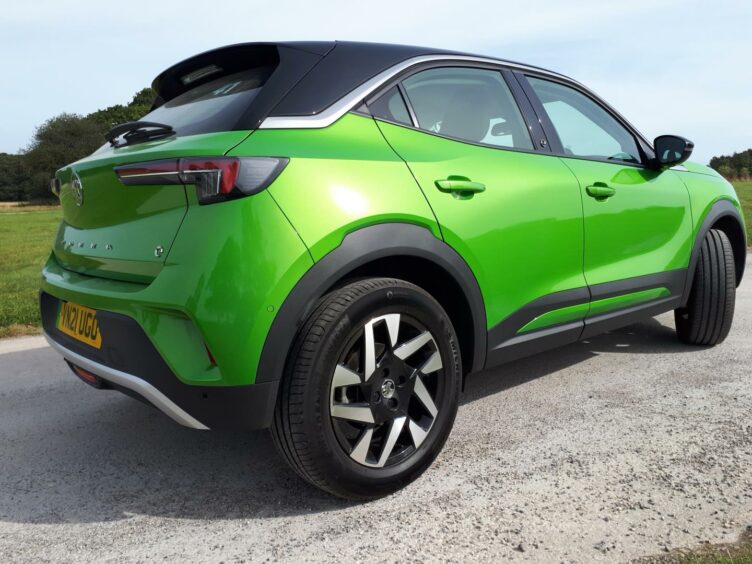
That means the second-generation version may have the same name but that’s where the comparison ends. You could say it’s a different cup of tea… Sorry, coffee.
There’s a range of better internal combustion engines but, with an eye to the forthcoming phase-out of new petrol and diesel engines, like every other brand, Vauxhall is putting a lot of work into electric powertrains.
Once again, the Mokka benefits from the electric technology in the rest of the group and found in superb cars like the Peugeot e-2008 and DS3 Crossback E-Tense.
In addition to the electric power under the bonnet, the car looks great. It’s shorter and wider with more significant lines and an overall more positive stance on the road.
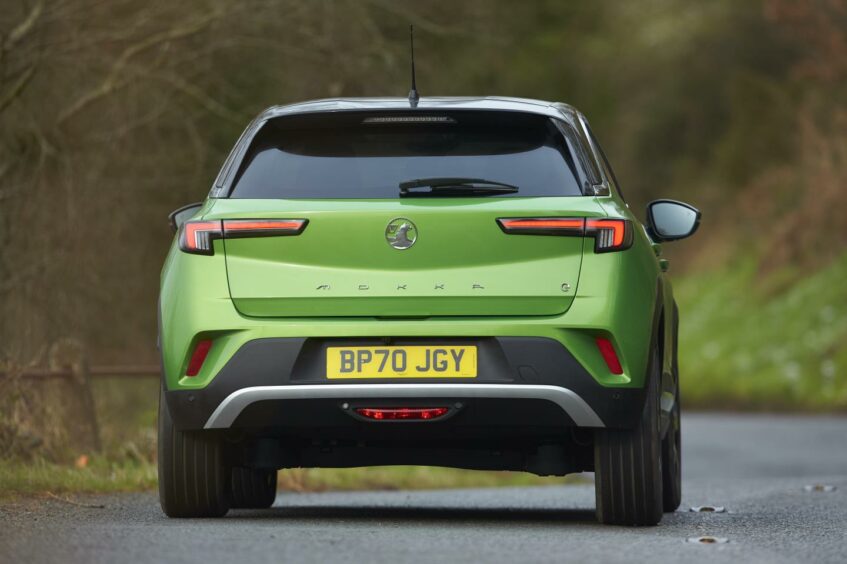
The electric power options are the most attractive and Vauxhall reckons that around 20% of all the model’s sales will be of the Mokka-e range, and that’s inevitably going to rise steadily as we become more used to plugging-in and the charging infrastructure improves.
The electric driving surge, if you pardon the pun, has taken a hit since the Government cut the level of grant to £1500 and reduced the threshold at which the grant is payable.
Surprising performance
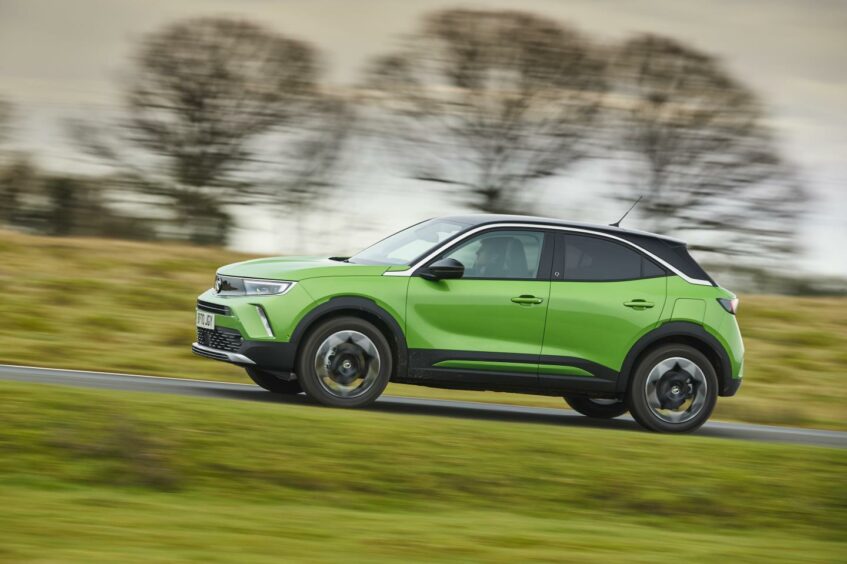
When it was first introduced in 2011 it was an attractive £5,000 before dropping to £2,500 but against that the price of electrically-powered cars has steadily fallen over recent years.
The financial figures apart, the car is impressive with surprising performance from the front-mounted electric motor which produces plenty of zip and can push the car from a standing start to 60 mph in under nine seconds.
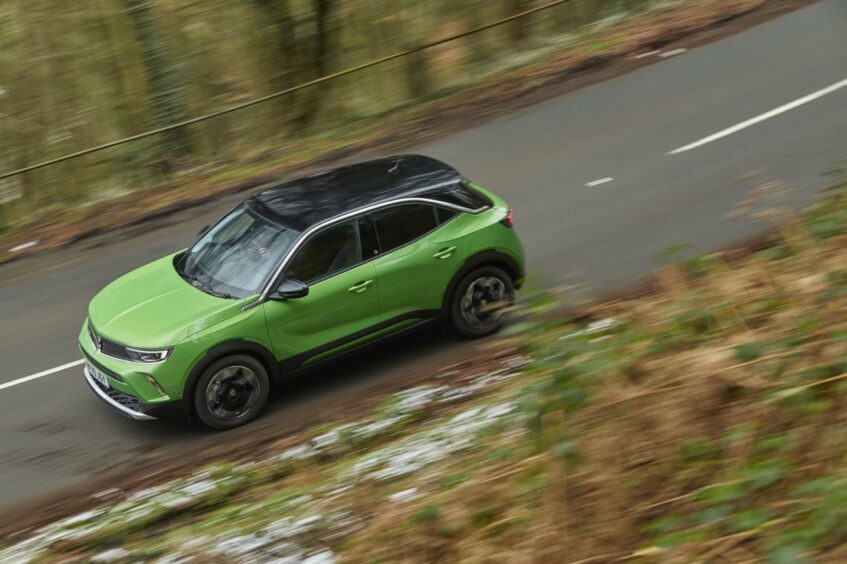
The ride is straightforward and comfortable so you shouldn’t expect much excitement behind the wheel even if you call up the Sport setting through the driving mode button.
That boosts performance a little but you’ll pay the price as you watch the potential range drop, so if efficiency is your priority you’d be well-advised to stick to the Normal or Eco modes and take things easy.
Stylish and economical
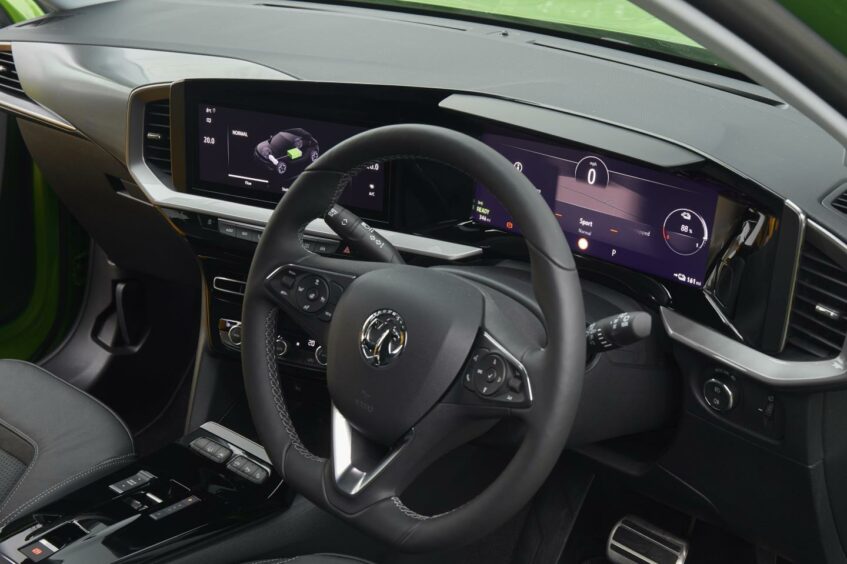
The interior is much the same as the conventional Mokka with a stylish cockpit and the range of equipment we’ve come to expect from cars in this price range, whether electrically-powered or not.
Passenger space is good, although a little limited in the back for big adults, and while the boot size has been squeezed to accommodate the batteries, it’s still big enough for the weekly supermarket shop or a couple of suitcases on a weekend away.
On a rapid 50 kW charger it’ll refresh the battery up to 80% in just 45 minutes or, if you have a 7kW domestic wallbox, it’ll do the job in under eight hours on an overnight charge.
Vauxhall says a full charge will give you a range of just over 200 miles which may not be as impressive as that offered by some of the competition, but it’s still pretty useful and quite adequate for most duties.
On a longer journey, and if you’re lucky enough to find a 50kW charger that’s available and working, you can plug it in and be on your way again in the time it takes for a cup of coffee… Whether it’s a cappuccino, a flat white, or a Mokka.
The Facts
Model: Vauxhall Mokka-e Elite Premium
Price: £33,080 (£33,730 as tested) (incl £1500 Government grant)
Top speed: 93 mph
0-60 mph: 8.7 seconds
Range: 200 miles
CO2 emissions: 0g/km
